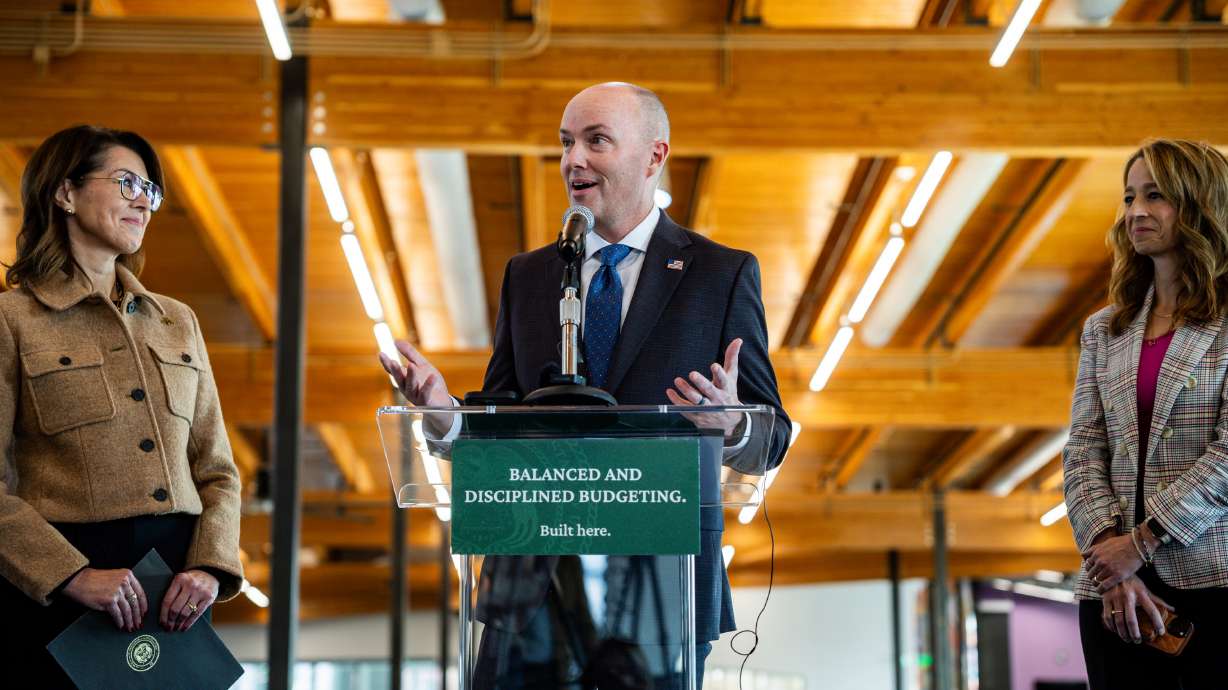“The whole aim of practical politics is to keep the populace alarmed (and hence clamorous to be led to safety) by menacing it with an endless series of hobgoblins, all of them imaginary.” —H.L. Mencken
Henry Louis Mencken likened the scare tactics used to advocate for more government to imaginary “hobgoblins.” From the galleries of the halls of government we often play audience to the terrifying narratives that accompany sage warnings of these menacing “hobgoblins” that threaten our safety. One such hobgoblin is the “future thief.” You may not have realized before that there hides in the shadows a brigand who will swoop in and pilfer future government expenditures if we do not quickly create a program designed to “save money” in the future in a related current program. Each new expenditure, you see, is a way to make more efficient our future expenditures.
This line of reasoning—that we need more government now in order to save future spending via new efficiencies, or by preventing future expensive problems—is similar to the point we made in our recent post where we explained that arguments over fiscal conservatism allow the debate to be shifted from the proper role of government to the “effectiveness” of government programs. This argument circumvents discussion as to whether the government should even be involved in an activity, and subsequently ignores the increasing amount of force vested in bureaucracy. James Madison once warned that “free men must guard against the old trick of turning every contingency into a resource for accumulating force in government.” Each new problem the government seeks to solve presents a contingency that elected officials rush to solve with more government force. We are all witness to the result of this pernicious cycle.
The problem is that each new government program begets further contingencies, which statists argue should again be solved by more government intervention. From costs being higher than initially anticipated, to ineffective or inefficient operations of the program, much of what government does produces contingencies. Thus we continuously hear that new programs, new spending, new interventions are needed; government programs could be more effective in solving a social problem, we’re told, if only the program was more expansive.
For example, the state’s control of public education places the state in the business of addressing the unique issues of special education. The desire to reduce costs in dealing with special education became an argument used to justify new health insurance mandates. Recently, the legislature passed a bill mandating health insurers to cover autism treatment. During debate, one legislator argued that a beneficial rationale for the bill could be future cost savings on special education spending as those with autism received covered treatment. Legislators who agreed with this position supported more government force in a new program—mandates on private insurers—in exchange for potential “future savings” in public education spending—a current program.
Another example comes from discussion over the emerging medical application of hemp extract oil used for severe epilepsy. In discussions over House Bill 105, one legislator expressed opposition to permitting use of this currently banned oil because of the potential for future increases in public health expenditures as a result of unsubstantiated, theoretical future side effects. Of course, in this case the very real negative side effects of the dangerous, approved drugs being used by epileptic patients was ignored. These potential future cost savings then became a rationale for maintaining a superstitious ban on a substance not proven as harmful. Fortunately this view did not prevail, and after further revisions, the bill passed.
In both of these examples—and there are, of course, myriad more—the rationale for government force is to save money by theoretically reducing future expenditures, thereby avoiding this “future thief” hobgoblin. The importance or necessity of current programs is accepted carte blanche as a foregone conclusion as the status quo becomes a mandate unto itself for additional programs that will better enable the government to meet the demands of the status quo.
The cumulative effect of this approach to government is an increasingly expansive state as programs and powers are compounded on top of one another. Just as political scientist Robert Higgs argued with his “ratchet effect” in public policy, government growth seems to advance incrementally and irreversibly. Over time, this effectively destabilizes our fiscal house and tightens the screws against liberty.
We share Ronald Reagan’s concern for the perpetual nature of new government programs when he stated, “the nearest thing to eternal life we will ever see on this earth is a government program.” Even more alarming is the near autonomous nature of growing bureaucracies that, once given a toe hold, flourish into a calcified government structure—often with vast power. Francis Rourke observed, “bureaucratic services generate constituencies that oppose their liquidation.” This opposition to reform or repeal is the reason we should be very careful in proceeding with the creation or expansion of government programs. All too often, unfortunately, this sort of analysis and caution are overshadowed by imaginary, menacing hobgoblins.
In the end, government force is the troubling byproduct of well meaning government expansion—liberty is the forgotten casualty.




